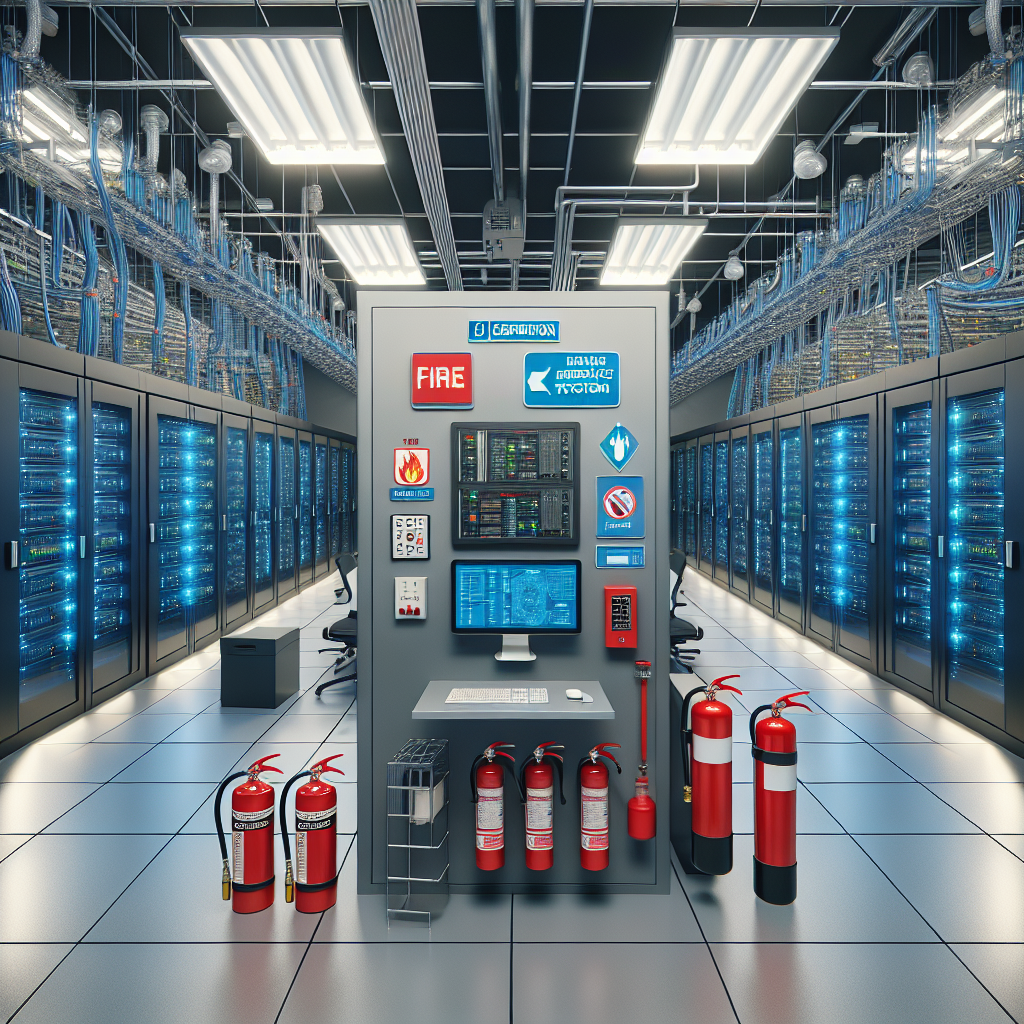Data centers are critical infrastructure that house and protect valuable data for organizations. With the increasing reliance on digital systems and cloud computing, the need for data centers continues to grow. However, data centers also pose a significant fire risk due to the high concentration of electrical equipment and the potential for overheating.
To protect data centers from the devastating effects of fire, it is essential to implement effective fire suppression systems. Here are some best practices for fire suppression in data centers:
1. Early detection is key: Early detection of a fire is crucial in preventing it from spreading and causing extensive damage. Installing smoke detectors, heat sensors, and flame detectors throughout the data center can help alert staff to the presence of a fire before it becomes a major threat.
2. Use a combination of fire suppression systems: Data centers should have a multi-layered approach to fire suppression, combining different systems for optimal protection. This may include a combination of sprinkler systems, clean agent suppression systems, and inert gas suppression systems.
3. Consider the specific needs of the data center: Different data centers may have different needs when it comes to fire suppression. Factors such as the size of the facility, the type of equipment housed, and the potential fire risks should all be taken into account when designing a fire suppression system.
4. Regular maintenance and testing: Fire suppression systems should be regularly inspected, maintained, and tested to ensure they are in proper working order. This includes checking for leaks, ensuring proper distribution of suppression agents, and testing alarm systems.
5. Train staff on fire safety protocols: It is essential to train data center staff on fire safety protocols and procedures. This includes how to respond in the event of a fire, how to operate fire suppression systems, and how to evacuate the facility safely.
6. Have a comprehensive emergency response plan: In addition to fire suppression systems, data centers should have a comprehensive emergency response plan in place. This plan should outline procedures for evacuating the facility, contacting emergency services, and managing the aftermath of a fire.
By following these best practices for fire suppression in data centers, organizations can help protect their valuable data and ensure the safety of their employees. Investing in effective fire suppression systems and proper training can help mitigate the risk of fire and minimize the potential impact on operations.


Leave a Reply